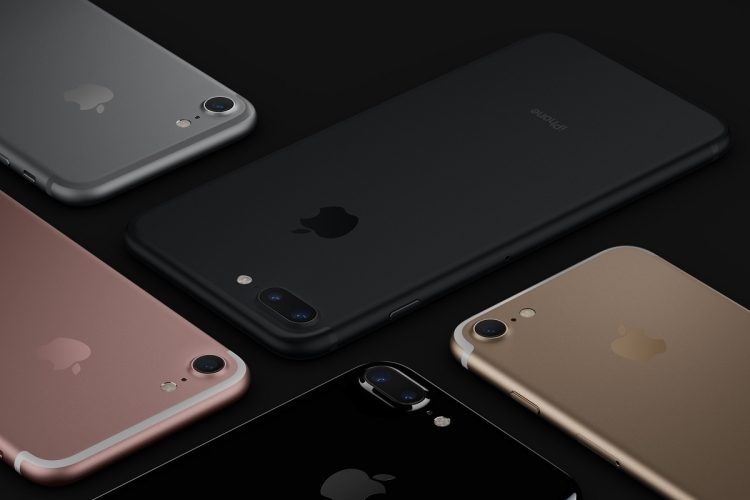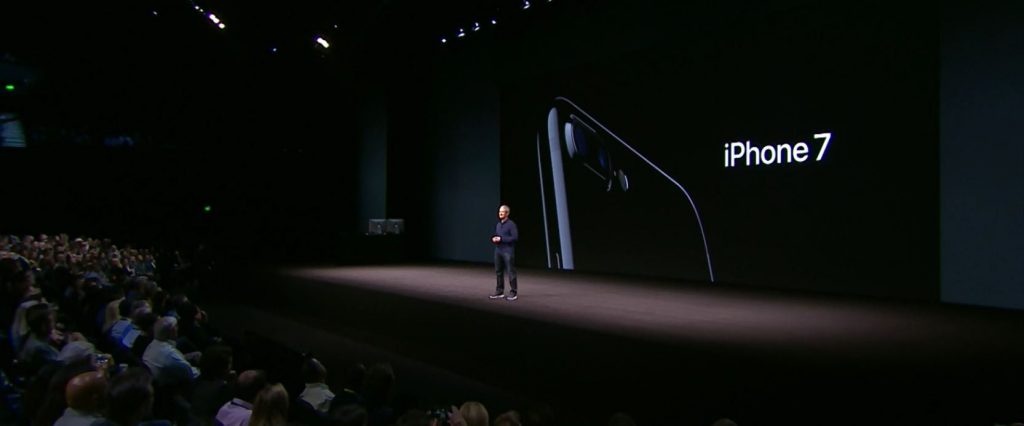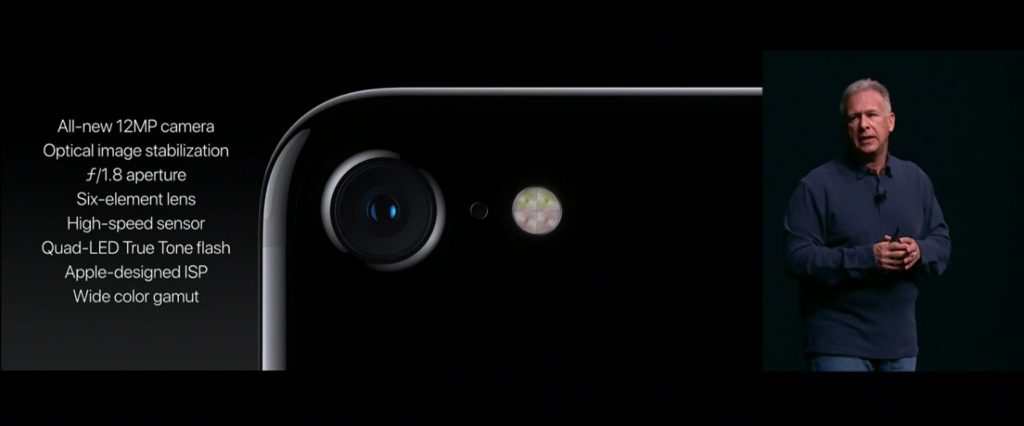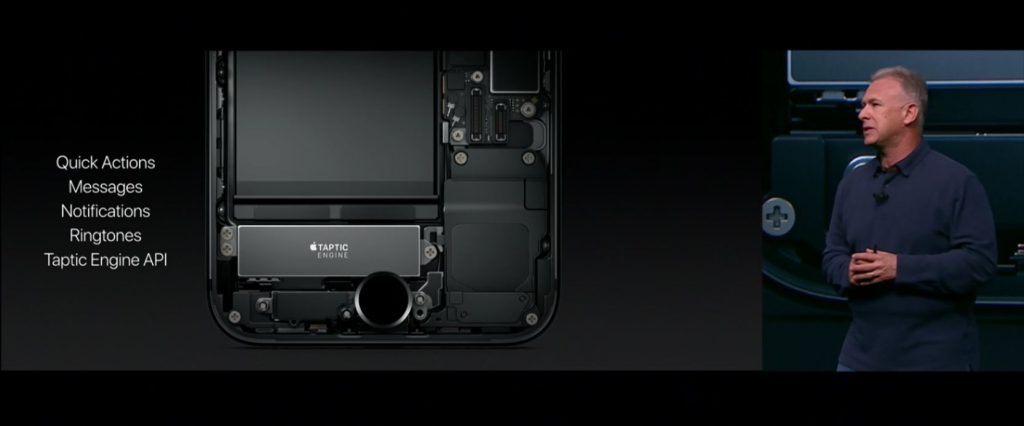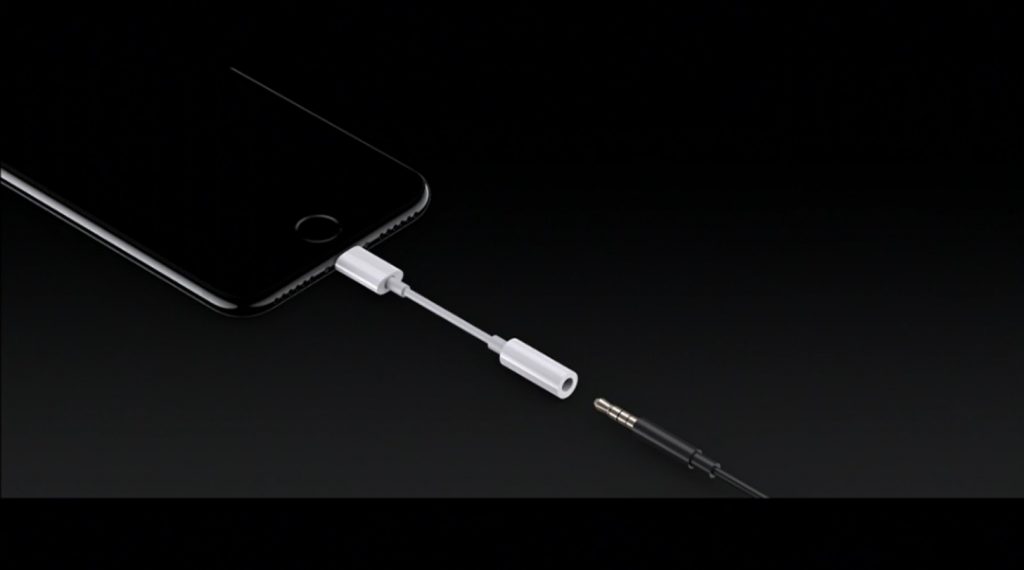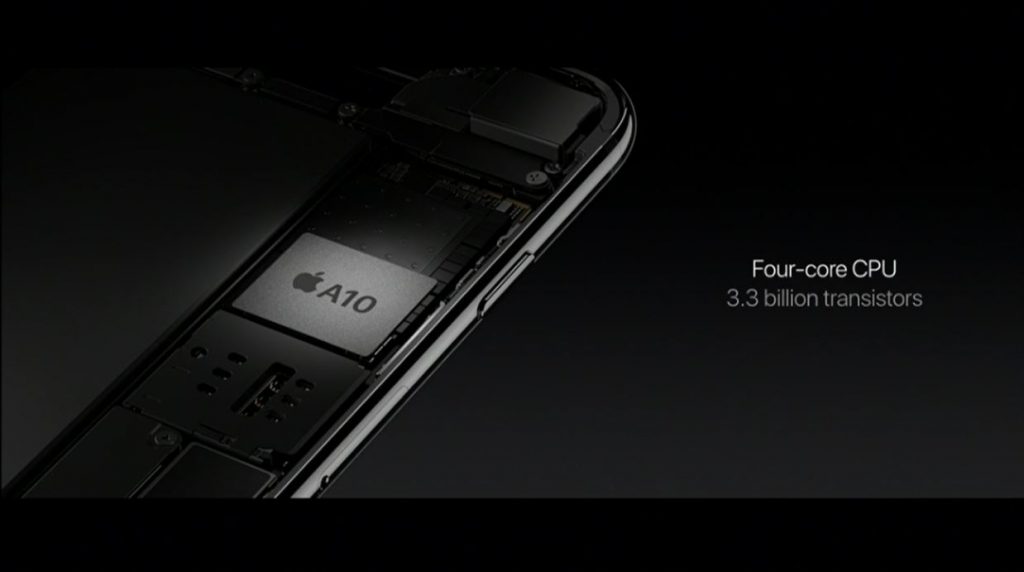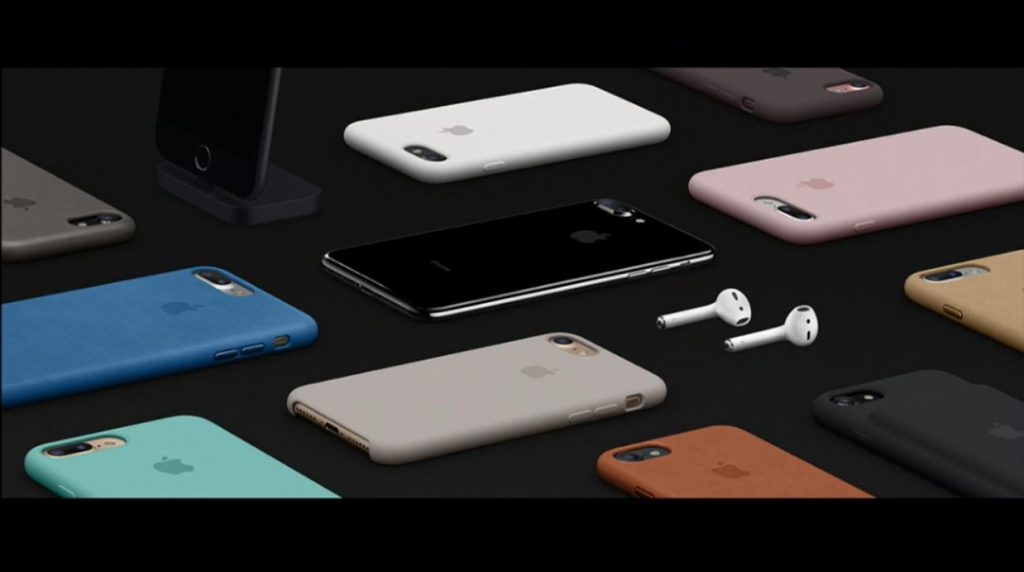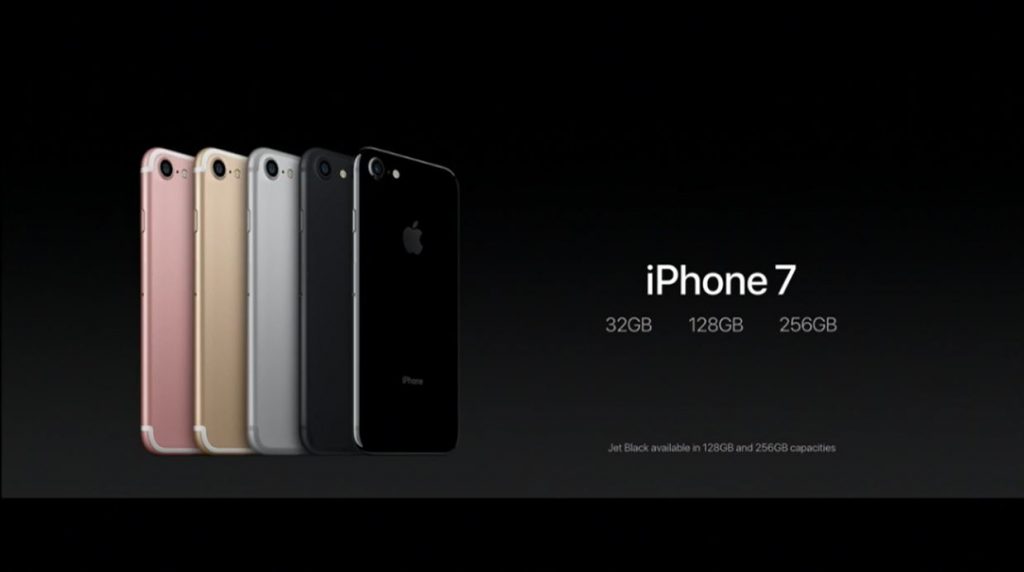The long anticipated iPhone 7 is finally official, and it’s basically what we thought it would be. Yes, Apple’s latest smartphone does not have a headphone jack, and yes, it also has an IP67 rating, making it the first iPhone to boast water and dust resistance.
Previous rumours foreshadowing the fact that the iPhone 7 will share a similar design to its predecessors turned out to be true as well. Aside from the redesigned antenna lines, the iPhone 7 has a striking resemblance to the iPhone 6 and 6s. Well, that, and also the much more pronounced camera bump, which now houses a new 12MP camera.
iPhones are known for their intuitive – and often times, class-leading – camera, and this trend seems to continue with the iPhone 7; its new 12MP sensor is said to be 60% faster and 30% more power-efficient. On top of that, the rear camera also boasts optical image stabilisation as well as an f/1.8 aperture. The front-facing camera, on the other hand, has been upgraded to a 7MP shooter.
Aside from the new cameras, the iPhone 7 also has a new home button now. Just like the Force Touch trackpad of the new MacBook and Retina MacBook Pro, the iPhone 7 features a pressure-sensitive home button. Essentially, the button itself is static, but thanks to Apple’s Taptic Engine API, a realistic click can be simulated. The best part is, third party apps can also take advantage of the new home button.
iPhone displays have seen incremental upgrades over the years, and with the iPhone 7, it now has a new 4.7-inch Retina HD display. While the resolution has not been bumped up, the new display is now 25% brighter and has a wider colour gamut.
With the removal of the headphone jack on the iPhone 7, Apple has emphasised on the audio aspect of its latest smartphone. One of the most significant changes here is the addition of stereo speakers on the iPhone 7. In addition to that, those who still want a 3.5mm jack will be happy to know that there is an adapter to convert the lightning port into a 3.5mm headphone jack.
Apple saved the best for last: powering the iPhone 7 is an A10 Fusion chip, which Apple claims is the “most powerful chip ever in a smartphone.” It is a 64-bit quad-core processor; two of the cores are high-performance, which is said to be 40% faster than Apple’s previous A9 chip. The other two cores are dubbed high-efficiency cores instead, which are more power efficient. In terms of graphics, the A10 Fusion is 50% faster than the A9; that’s quite a significant jump.
Generally, the new Apple A10 Fusion chip is more powerful and more power-efficient over its predecessor, which is a given. Thanks to the more power-efficient chip, the iPhone 7 is said to have the “longest battery life ever in an iPhone.” According to Apple, the iPhone 7 can last up to two hours more than the iPhone 6s.
As for pricing, the iPhone 7 will cost the same as its predecessor, the iPhone 6s. Retailing from $649 (about RM2,625), the iPhone 7 will be available in three capacities: 32GB, 128GB, and 256GB. Yes, Apple has decided to double the storage capacity of its iPhone variants, but that also means there won’t be a 64GB model. The iPhone 7 will go on pre-order on 9 September, and will start shipping on 18 September in the US.

